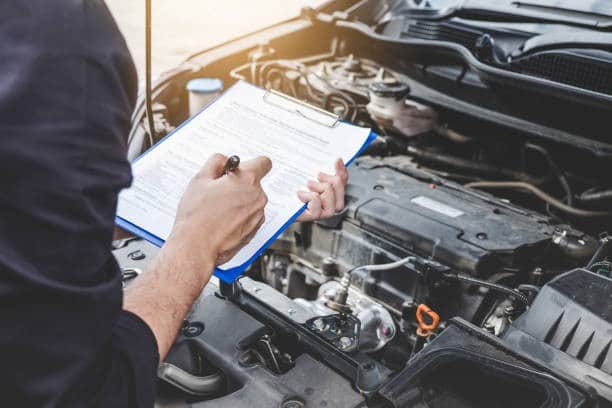Purchasing a used car can be a great cost-effective and practical solution for many consumers. However, navigating the used car market requires careful consideration and informed decision-making to ensure you get a reliable vehicle at a fair price. This buyer’s handbook offers a comprehensive guide to help you through the process of buying a used car.
1. Assess Your Needs and Budget

- Vehicle type: Compact car, sedan, SUV, truck, etc.
- Usage: Daily commuting, family trips, off-road adventures, etc.
- Features: Fuel efficiency, safety features, cargo space, etc.
- Budget: Include the purchase price, insurance, maintenance, and potential repairs.
2. Research and Narrow Down Your Options
Once you have a clear understanding of your needs and budget, start researching potential makes and models. Look for cars that have a good reputation for reliability, low maintenance costs, and high resale value. Websites like Kelley Blue Book, Edmunds, and Consumer Reports can provide valuable insights and reviews.
3. Find a Reputable Seller

- Dealerships: Often offer certified pre-owned vehicles that have undergone inspections and come with warranties. Prices may be higher, but the added security can be worth it.
- Private Sellers: Can offer lower prices, but the buyer must be more cautious and diligent in inspecting the vehicle and verifying its history.
- Online Marketplaces: Websites like Autotrader, Craigslist, and Facebook Marketplace provide a wide range of options but require careful vetting of sellers and vehicles. Additionally, House of Cars is another great online website you should check out.
4. Check the Vehicle History Report
Before committing to a purchase, obtain a vehicle history report using services like Carfax or AutoCheck. These reports provide important information about the car’s past, including:
- Previous ownership
- Accident history
- Service records
- Odometer readings
- Title status
5. Conduct a Thorough Inspection

- Exterior: Look for signs of rust, dents, or mismatched paint.
- Interior: Check for wear and tear, functionality of electronics, and condition of seats and upholstery.
- Engine and Transmission: Inspect for leaks, unusual noises, and smooth operation.
- Tires and Suspension: Assess tire tread, alignment, and suspension health.
- Test Drive: Take the car for a test drive to evaluate its performance, handling, and comfort.
6. Negotiate the Price
Once you’re satisfied with the vehicle’s condition, it’s time to negotiate the price. Do your homework to understand the fair market value of the car using resources like Kelley Blue Book. Be prepared to walk away if the seller isn’t willing to meet your price. Remember, the initial asking price is often negotiable.
7. Finalize the Purchase
After agreeing on a price, make sure all paperwork is in order. Essential documents include:
- Bill of Sale: A legal document that records the transaction.
- Title: Ensure the title is clear of liens and correctly transferred to your name.
- Registration: Complete the necessary registration forms and fees.
- Warranty (if applicable): Understand the terms of any remaining warranty or purchase an extended warranty if desired.
8. Post-Purchase Steps

- Insurance: Update or purchase insurance for your new car.
- Maintenance: Schedule a thorough maintenance check to address any immediate needs.
- Documentation: Keep all purchase documents, service records, and the owner’s manual in a safe place.
Conclusion
Buying a used car can be a rewarding experience if approached with care and diligence. By assessing your needs, conducting thorough research, inspecting the vehicle, and handling negotiations wisely, you can find a reliable car that fits your budget and lifestyle. This handbook serves as a guide to help you navigate the used car market confidently and make an informed purchase.

